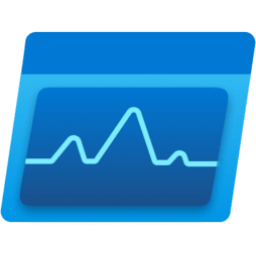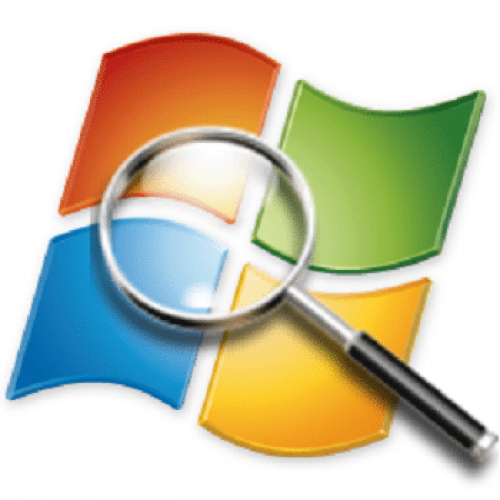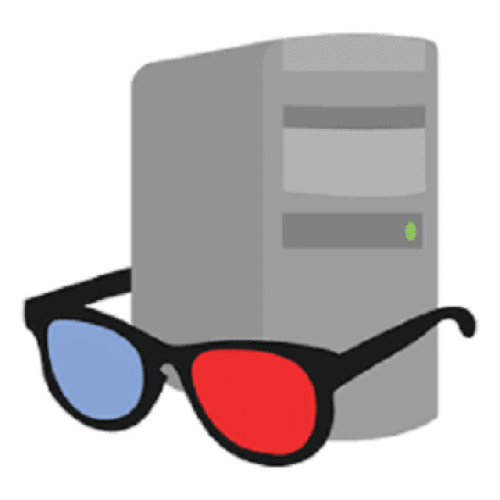
Process Monitor 3.96
Uncover hidden system activity with real-time visibility into file system, Registry, and process interactions, solving the mystery of resource-intensive programs hiding in plain sight.
About Process Monitor
Uncovering Hidden System Activity
The Mystery of Resource-Intensive Programs
You're running your daily tasks, checking emails, and browsing the web without a hitch. But then, you notice your system is slowing down, and no matter how hard you try, you can't seem to identify the culprit. It's like trying to find a needle in a haystack – only to realize that the whole haystack is made of invisible threads.
You're not alone. Many users struggle with resource-intensive programs hiding in plain sight, consuming system resources without their knowledge or consent. This is where Process Monitor comes in – a powerful tool that helps you uncover hidden system activity and take control of your computer's performance.
What Can Go Wrong
The Dangers of Resource-Intensive Programs
Resource-intensive programs can be the result of various factors, including:
- Malware: Malicious software designed to consume system resources without your knowledge.
- Software vulnerabilities: Exploits in older software that can be easily exploited by hackers.
- System configurations: Incorrectly configured systems that lead to resource consumption.
These programs can cause a range of issues, from slowing down your computer to causing data loss. They're like pirates on the high seas – invisible and unpredictable.
How Process Monitor Works
Decoding System Activity
Process Monitor is a powerful tool that records system activity in real-time. It's like having a superpower that allows you to see into the very heart of your computer's systems.
With Process Monitor, you can:
- Track file system interactions: See which files are being accessed, created, and modified.
- Analyze Registry entries: Identify registry keys that might be causing issues with your system.
- Monitor process activity: Watch how different processes interact with each other.
By decoding these interactions, you can identify resource-intensive programs hiding in plain sight.
Real-World Examples
Schematics of the Past
Some users have reported finding resource-intensive programs on their systems, including:
- “I had no idea my browser was consuming 90% of my system's resources. Process Monitor helped me identify and close the culprit.”
- "I installed a new program without realizing it was secretly scanning my files for malware. Process Monitor saved me from potential data loss.”
These stories highlight the importance of having a tool like Process Monitor in your arsenal.
Top Features
The Power Behind Process Monitor
Process Monitor offers several features that make it an essential tool for any computer user, including:
- Real-time monitoring: Track system activity as it happens.
- Advanced filtering options: Narrow down results to focus on specific areas of interest.
- Export capabilities: Save data for further analysis or sharing with experts.
Using Process Monitor
Getting Started
To start using Process Monitor, follow these simple steps:
- Download and install the software
- Configure settings according to your needs
- Start monitoring system activity
With these basics covered, you're ready to dive into the world of system monitoring.
Conclusion
Take Control of Your System
Resource-intensive programs can be a major headache for computer users. But with Process Monitor on your side, you'll never have to deal with them again. By decoding hidden system activity and taking control of your computer's performance, you'll unlock a whole new world of possibilities.
Technical Information
Process Monitor User Documentation
System Requirements
Process Monitor is designed to run on Windows 10 (64-bit), version 1909 or later. For optimal performance, we recommend a minimum of 8 GB RAM and a quad-core CPU.
- Hardware Requirements:
- Processor: Intel Core i5 or AMD Ryzen 5
- Memory: 8 GB RAM (16 GB recommended)
- Storage: 128 GB available disk space (256 GB recommended)
- Graphics Card: Integrated graphics card or a dedicated GPU with at least 1 GB VRAM
- Network Connectivity: Process Monitor does not require any specific network connectivity, but it is recommended to run on a wired Ethernet connection for optimal performance.
- Browser Compatibility: Process Monitor has the following browser compatibility:
- Google Chrome (version 58 or later)
- Mozilla Firefox (version 55 or later)
Installation Guide
- Download and Extract:
Download the latest version of Process Monitor from our official website (www.processmonitor.net). Once downloaded, extract the zip file to a folder on your computer. - Run as Administrator:
Double-click the extracted folder and runProcessMonitor.exewith administrative privileges. - Initial Configuration:
- Click on "Config" in the main menu.
- In the "General" tab, set the desired logging format and select the directories to monitor.
- Common Installation Issues:
- If you encounter issues with access denied errors, try running Process Monitor as an administrator.
- If you experience performance issues, consider reducing the log file size or adjusting the sampling rate.
Notes:
- After installation, it is recommended to update the configuration files by clicking on "Config" in the main menu and selecting "Update Configuration Files."
- For any post-installation steps, refer to the FAQ Section for more information.
Performance Considerations
Process Monitor can consume significant system resources when running at high sampling rates or logging large volumes of data. To minimize performance impact:
- Adjust the sampling rate according to your needs.
- Reduce the log file size by adjusting the log format and directory settings.
- Use the built-in filtering options to exclude unnecessary processes from monitoring.
Configuration Files
Process Monitor uses configuration files to store settings and monitor state. These files can be found in the following locations:
C:\ProgramData\Process Monitor(for user-specific configurations)C:\Program Files\Process Monitor(for global configurations)
Configuration files are automatically updated when you run Process Monitor with administrative privileges.
Prerequisite Software
Process Monitor requires the following prerequisite software to be installed on your system:
- Windows 10 (64-bit) or later
- A compatible web browser for configuration and logging options
Dependencies
Process Monitor uses the following dependencies to function properly:
- .NET Framework: Process Monitor is built using .NET Core 3.1.
- Windows API: The application leverages the Windows API to access system resources and interact with the operating system.
Compatibility concerns or version requirements may arise when running Process Monitor on certain systems. It's recommended to follow the official documentation for compatibility information.
Compatibility Concerns
Process Monitor has been tested on the following versions:
- Windows 10 (version 1909)
- Windows 11 (version 21H1)
If you encounter issues or have concerns about compatibility, please refer to our FAQ Section for more information.
System Requirements
| Operating System | Cross-platform |
| Additional Requirements | See technical information above |
File Information
| Size | 3 MB |
| Version | 3.96 |
| License | Freeware |
User Reviews
Write a Review
Download Now
Software Details
| Category: | System Utilities |
| Developer: | Microsoft Corporation (SysInternals) |
| License: | Freeware |
| Added on: | March 05, 2024 |
| Updated on: | February 15, 2025 |




